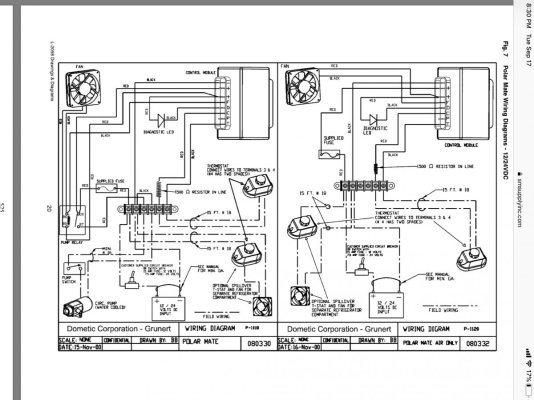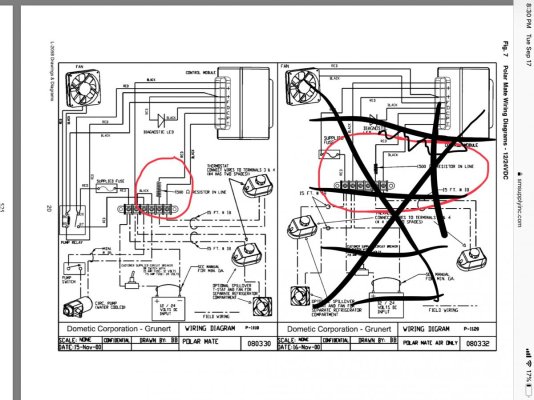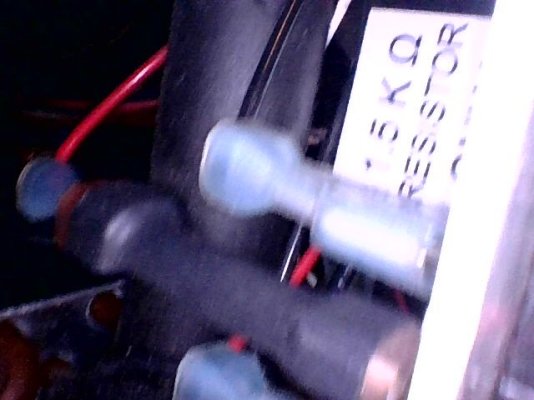Cigatoo
Guru
I have a Grunert 12 volt “Polar Mate” refrigeration unit that works well...when it works. I have noticed some pretty dramatic temperature fluctuations over the summer but the unit was always working well when I checked things. Last evening I found melted ice cubes in the freezer and a cool box. Unit not running. Quickly checked for power and had 12 volts at the supply connection, jumped the thermostat but the compressor still didn’t start. I ohmed out the thermostat and found the circuit closed as it should be when calling for the compressor to start.
Last resort I tapped the mounting plate with a hammer and it started right away. Seems to me that it narrows down to a loose connection, faulty start relay, or faulty compressor. Any thoughts or Past experience would be appreciated.
Last resort I tapped the mounting plate with a hammer and it started right away. Seems to me that it narrows down to a loose connection, faulty start relay, or faulty compressor. Any thoughts or Past experience would be appreciated.




